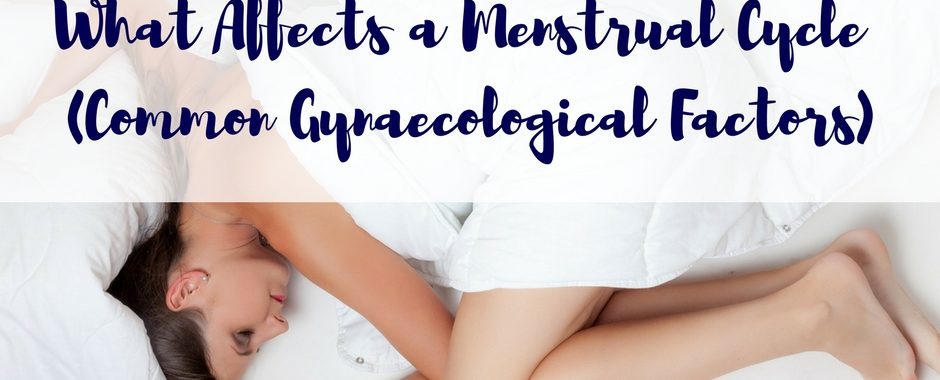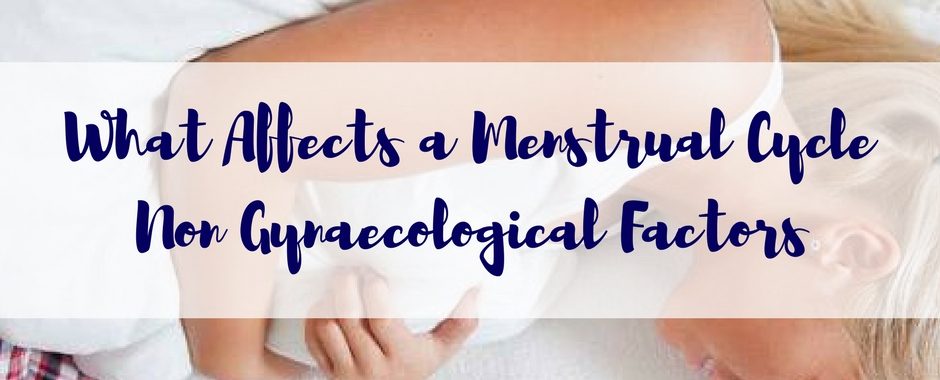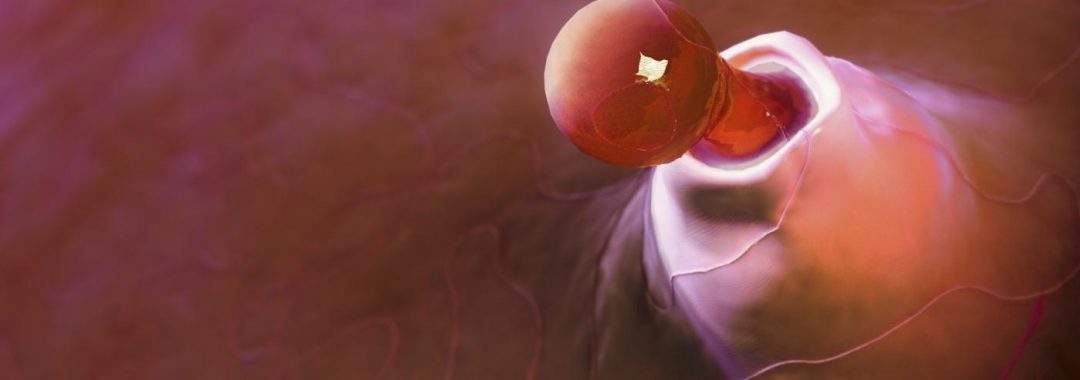There are many things that can cause disturbances to a woman’s menstrual cycle and on my previous post I discussed how Non-Gynaecological factors, such as diet, lifestyle etc, can be contributing.
In this post I will discuss some of the common gynaecological conditions that can cause problems with women’s menstrual cycles.
The sad thing is that many of these are often overlooked and often masked by putting women on the contraception pill. The other issue is that many are led to believe that the pill is the answer to their issues, when sadly it isn’t.
Many of these common gynaecological conditions continue to become worse while having their symptoms masked and exacerbated by these hormones.
Even more disturbing is that many women are not heard when speaking about menstrual issues, menstrual pain and other factors that do in fact interfere with their daily life on both a physical and emotional level.
Lets look at the common gynaecological factors that can affect a woman’s cycle.
- Endometriosis – is one of the most common causes of period pain and it caused by abnormal growth of endometrial cells both inside the uterus and outside the uterine lining. The exact cause is not known.While period pain, clotting, ovulation pain, pain with sex, pain on bowel movement, IBS like symptoms etc are commonly talked about, many women with endometriosis are asymptomatic and would not even know they had it.It is commonly missed, misdiagnosed and overlooked by healthcare practitioners and is why it often takes up to 10 years for the definitive diagnosis to be made. There is no cure and now it is thought that genetic factors and parental mode of inheritance is a predominant part of this disease. We do know that estrogens drive the disease and make it worse also.
Endometriosis can only be diagnosed by surgical intervention. For more information please read my posts on endometriosis and also visit the Endometriosis Australia website.
- PCO/PCOS – Polycystic Ovaries/Polycystic Ovarian Syndrome is one of the most common caused of menstrual cycle irregularities, or ceasing of the menstrual cycle.It is mainly caused by insulin resistance and it also runs in families. There are two types of presentation with this condition. One is just having the cysts on the ovaries and the other is just the syndrome without the cysts.These days it is common lobbed under the one condition called PCOS.Along with menstrual cycle disturbances, it can also cause mood swings, hair growth/hair loss, acne, ovulation pain, infertility, anovulation, weight gain/weight loss, pot belly, fluid retention and much more.
Diet and lifestyle changes are the number one treatment for this condition. Scans can pick this condition up, but can also miss it too.
It can be diagnosed via surgical intervention and sometimes-extreme forms of this do need surgical intervention known as “Ovarian Drilling”
- Fibroids – Also known as myomas are benign growths that can occur inside and outside the uterus. Up to 40% of women over 40 years old have fibroids.They can cause problems with irregular uterine bleeding, heavy long bleeding, bleeding in between cycles, anaemia, pain with sex, problems with urinating and back pain.They can also cause infertility and miscarriage.There are 3 types of fibroids (intramural, submucosal & subserosal). They are thought to be caused by excess estrogens and problems in hormone metabolism.
They can be removed surgically and some small ones embolised.
- Polyps – Are benign overgrowths, or bulges, of the normal tissue lining the uterus into the uterine cavity.They can cause irregular bleeding, heavy bleeding, bleeding after intercourse and infertility. Some women have not symptoms at all.Polyps may also be found in the uterine cervix. Polyps are usually attached to the underlying tissue by a base or stalk, and they vary in size.They can basically act like an IUD and stop implantation and therefore need to be removed in order for a woman to fall pregnant.
Polyps only rarely contain cancerous cells
- Adenomyosis– Is very similar to endometriosis by the fact that it causes pain, irregular bleeding, heavy bleeding, bloating, lower abdomen pain and can affect the day to day functioning of woman all over this world.Adenomyosis growth penetrates deeply into the uterine lining and also inflames the nerves inside the lining. It cannot be seen visually and some special high contrast scans and MRI can pick it up, but not always.Usually a biopsy is needed to diagnose it. Medically the only way to properly get rid of Adenomyosis is via a hysterectomy.In the meantime, mostly anti-inflammatories, some hormones and other forms of pain management are given to provide symptomatic relief.
- Thrush– Vaginal thrush is a common infection caused by an overgrowth of Candida albicans yeast.This yeast lives naturally in the bowel and in small numbers in the vagina. It is mostly harmless, but symptoms can develop if yeast numbers increase.Symptoms you may experience if you develop vaginal thrush include vaginal discomfort – itching or burning, a thick, white discharge with a ‘cottage cheese’ appearance and yeasty smell, redness or swelling of the vagina or vulva, stinging or burning while urinating or during sex, splits in the genital skin that can cause bleeding and irritation.The condition is mainly treated with antifungal creams, pessaries and probiotics.
- Cancers – In 2008, a total of 4,534 new gynaecological cancers were diagnosed in Australia; this equates to an average of 12 females being diagnosed with this disease every day.On average 4 females in Australia die each day from a gynaecological cancer each day.The most commonly diagnosed gynaecological cancers are uterine cancer, ovarian cancer, cervical cancer, vulval cancer, cancers of other female organ and placenta and vaginal cancer.All can cause irregular bleeding, but some may not present with any symptoms at all.
Proper diagnosis and early intervention is the key to any gynaecological cancers. For more information on diagnosis, symptoms and treatment please refer to the cancer council website.
There are other conditions that I haven’t discussed because of focusing on the main gynaecological conditions that can affect a woman’s cycle. I haven’t gone into the treatments of these disease states and will go into this at a later date.
What I will say it that early intervention is the key to any disease state in the body and seeing the right people is paramount too. Please know that many of these disease states will require a multimodality approach and please remember that there is always help out there.
Never put up with period pain, or menstrual irregularities, or be told the symptoms many women face daily are normal. The value of a second, or third, or tenth opinion is crucial for some people to get help and to find the right person to help.
Please remember that period pain IS NOT normal and neither are many of the menstrual irregularities that many of you face daily. There are always treatments and help out there too.
Take care
Regards
Andrew Orr
-Leaving No Stone Left Unturned
-Women’s and Men’s Health Crusader




